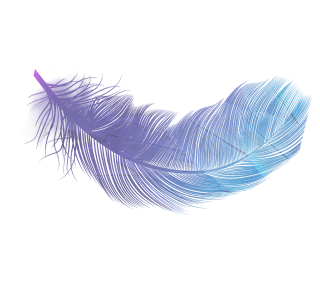
Is Your Stretching Routine a Waste of Time?
March 26, 2015
 What constitutes proper stretching technique continues to be a mystery to many. What we were taught in elementary school gym class doesn’t cut it anymore. Exercise science has come a long way and health and movement coaches who specialize in human performance have learned new information to teach you about how to improve flexibility for peak health and function. You might be wasting your time if you are following outdated routines for stretching.
What constitutes proper stretching technique continues to be a mystery to many. What we were taught in elementary school gym class doesn’t cut it anymore. Exercise science has come a long way and health and movement coaches who specialize in human performance have learned new information to teach you about how to improve flexibility for peak health and function. You might be wasting your time if you are following outdated routines for stretching.Join our FREE Brave Badass Healers community to connect with fellow healers, sharpen your writing skills, and take your business to the next level.

